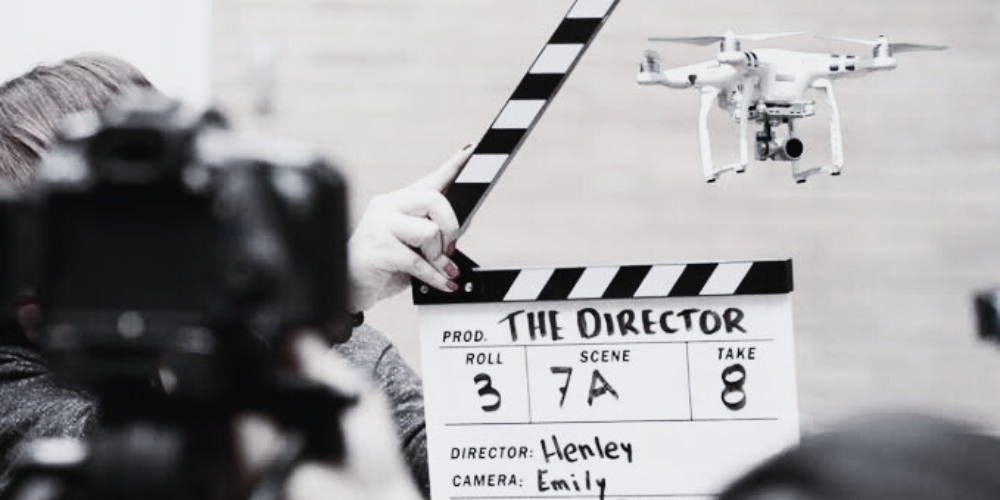
The film industry has seen a significant rise in the use of drones for capturing breathtaking aerial shots and enhancing the overall visual appeal of movies. Drones have revolutionized the way filmmakers approach cinematography, providing them with a versatile tool that allows for creative and dynamic shots that were previously impossible or cost-prohibitive to achieve.
One of the key reasons for the growing popularity of drones in the film industry is their ability to capture stunning aerial footage with ease. Drones equipped with high-quality cameras can navigate through tight spaces and fly at varying altitudes to capture shots that would have required expensive equipment such as cranes or helicopters in the past. This has opened up a whole new world of creative possibilities for filmmakers, allowing them to capture unique perspectives and add depth to their storytelling.
Another factor driving the adoption of drones in the film industry is their cost-effectiveness. Using drones for aerial shots is much more affordable than traditional methods, making it accessible to filmmakers with smaller budgets. This has democratized the filmmaking process, allowing independent filmmakers and smaller production companies to compete with larger studios in terms of visual quality and production value.
Furthermore, drones offer filmmakers greater flexibility and control over their shots. With advancements in drone technology, filmmakers can now program flight paths, set specific angles, and adjust camera settings in real-time, giving them complete creative control over the aerial shots they capture. This level of precision and customization adds a new dimension to storytelling and allows filmmakers to bring their creative vision to life in ways that were previously unimaginable.
In addition to their technical capabilities, drones also offer practical benefits to filmmakers. They are portable, easy to set up, and can be deployed quickly, allowing filmmakers to capture shots in remote locations or tight shooting schedules. This flexibility has made drones a valuable tool for both large-scale productions and independent filmmakers looking to push the boundaries of their craft.
Overall, the growing popularity of drones in the film industry is a testament to their transformative impact on cinematography. From capturing sweeping landscapes to intricate action sequences, drones have become an essential tool for filmmakers looking to push the boundaries of visual storytelling. As technology continues to advance and drones become more sophisticated, we can expect to see even more innovative uses of this versatile tool in the future of filmmaking.

